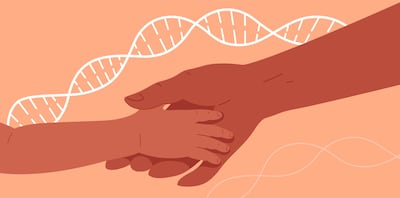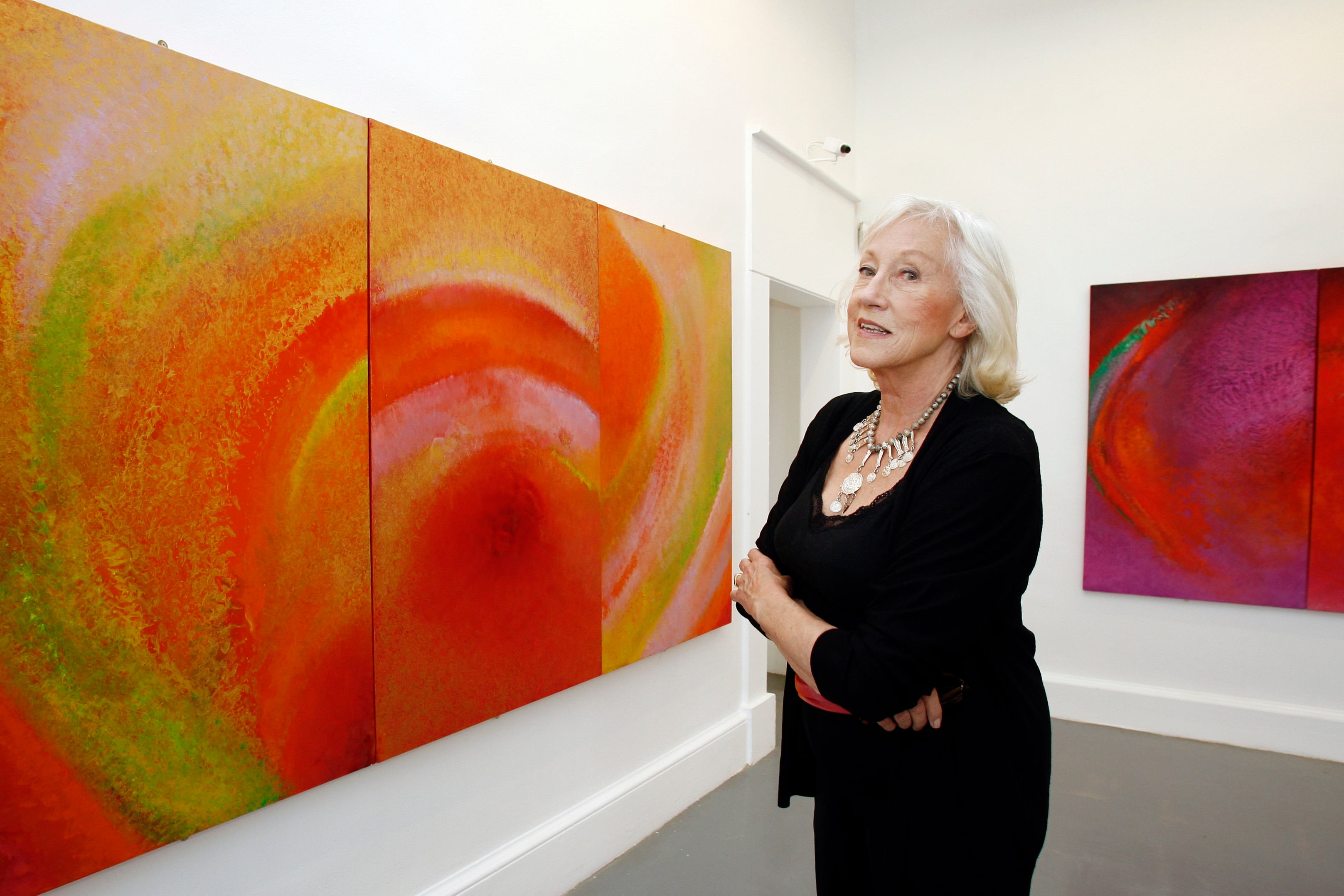
Leah Cheung from Wexford knew type 1 diabetes ran in her family, as her grandparents, aunt and uncle, along with further extended-family members, are diabetic. As a result, when Cheung was diagnosed in 2012 she was already familiar with the whole process of testing blood and taking insulin. What she wasn’t prepared for was how life changing a condition diabetes is, the risk involved, how pertinent family history is and the mental fatigue that comes with it.
“I was always very sporty and ate well growing up,” says Cheung. “There was never a week that I wasn’t playing soccer or doing some form of activity that kept me active. I first became aware of a problem when I lost a lot of weight suddenly and became so tired daily even though I was sleeping way more. People thought it was just the growing-up tiredness that we all get as young teens, but I was wrecked and drinking litres upon litres of milk or whatever drinks were around me.”
Her mum brought her to get her blood tested, and she was immediately checked into hospital and diagnosed as type 1 diabetic. Cheung, who owns Eyelash Extensions in Wexford town, advocates for a positive lifestyle and to reduce anything that causes unnecessary stress. “Stress and sadness can trigger many things to surface in our bodies,” she says, “so just don’t be afraid to dig deep and be curious so that you can find out what is in your family and keep any illnesses at bay.”
Emma Hayes was also aware that diabetes ran in her family, but it wasn’t until her mother developed diabetes in her early 50s that she began to recognise that she too may be at risk. “When I was young,” says Hayes, “I was aware my maternal grandmother had diabetes, though I wasn’t aware of the differences between type 1 and type 2. My nana had type 2 diabetes, and, honestly, it didn’t seem to me to be a big deal until my mum developed it in her early 50s. It was only then that I chose to educate myself on my mother’s illness, to understand if I was at risk of developing them too.”
READ MORE
Hayes researched as much as she could and spoke to her family doctor to understand the risk factors and symptoms to watch out for, but this knowledge did not immediately encourage her to change her lifestyle.

“Certainly after a time, when I was with my mother in hospital, and in a room of six patients, about four of those had type 2 diabetes. They were all on the sugar-free jelly and not one bit happy about it. One patient was having trouble with foot ulcers but was otherwise healthy, and another patient was suffering with vision issues due to the illness. Unfortunately, my mother suffered with many other illnesses, so type 2 diabetes wasn’t our primary concern, but personally I knew this could impact me in the future, so I did need to ensure I looked after myself more to avoid similar issues.”
Dr Christina Mulvany, a GP with webdoctor.ie, says that “a family history of diabetes is recognised as an important risk factor for the development of diabetes. Family medical history encompasses a combination of information characterised by interactions between environmental, behavioural and genetic factors, all of which play a role in the development of diabetes, among other medical conditions.
“The influence of family history on whether you will develop diabetes is better established with type 2 diabetes, rather than it is with type 1. If you look at people who have type 2 diabetes, they are more likely to have people in their family that also have diabetes, obesity, high blood pressure, etc. Whether you have either type 1 or type 2 diabetes, it means you have too much glucose [sugar] in your blood. This is the same problem in both types of diabetes; the difference between them is how the problem occurs.”
Dr Mulvany explains that type 1 diabetes is an autoimmune condition while type 2 is an impairment in the way the body regulates and uses glucose as fuel.
“Type 1 diabetes,” says Dr Mulvany, “means your body has attacked and destroyed cells in your pancreas, the organ that makes a hormone called insulin [which means you can’t make insulin any more]. Our bodies need insulin to help take the glucose from our blood into our body’s cells. We then use this glucose for energy. Without insulin, the glucose level in your blood gets too high.”
“Type 2 diabetes is different,” she says. “Your body becomes unable to make enough insulin or the insulin you do make doesn’t work properly. This is known as insulin resistance. Like type 1, this means the level of glucose in your blood is too high.”
For type 1 diabetes, risk factors include a family history of the condition, environmental factors such as exposure to a viral illness — which are thought to play some role, although the process is not entirely understood — and the presence of damaging immune-system cells, or autoantibodies. For type 2 diabetes the risk factors again include an increased risk due to family history, weight, a sedentary lifestyle, poor dietary practices and age — as your risk increases as you get older.
Dr Mulvany tells us that the underlying risk of inheriting diabetes is inevitable, as we can’t change our genes. However, she advises that developing [Type 2]* diabetes can be slowed and even prevented by following these methods:
- Lead a healthy lifestyle by maintaining a healthy weight.
- Ensure a balanced diet with proper nutrition. The Mediterranean diet is considered a healthy eating plan; it emphasises healthy fats, whole grains, fruits, vegetables, beans, nuts and seeds.
- Avoid junk foods and fatty foods.
- Exercise daily for a minimum of 30-40 minutes. Regular exercise can not only decrease your risk of diabetes, but it can also reduce your risk of major illnesses such as heart disease, stroke and cancer, and lower your risk of early death by up to 30 per cent. Research shows that physical activity can also boost self-esteem, mood, sleep quality and energy, as well as reduce your risk of stress, depression, dementia and Alzheimer’s disease.
- Limit the intake of alcohol and avoid the use of tobacco.
- Increasing the intake of some essential minerals. Studies have shown taking supplements such as magnesium and vitamin D can decrease the risk of diabetes.
- Monitor the blood sugar level by having your HbA1c checked. HbA1c is a test used to check for diabetes status or for pre-diabetes. Pre-diabetes means your blood sugar levels show you are at risk for getting diabetes. HbA1c should be checked in those, especially above the age of 45 years, as part of screening. If your results are normal, you should repeat the test every three years. If your results show you have pre-diabetes, you should get tested every 1-2 years.
* This article was amended to reflect the fact that the advice on preventing diabetes referred to Type 2.












